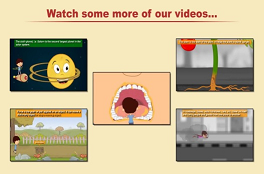Multimedia based learning paradigm for School going children using 3D Animation
Abstract
Multimedia based teaching and learning mechanism is being rapidly adopted and implemented in various schools of education. In this research, we explore and implement the use of Animation as tool for multimedia learning based on cognitive theory. To achieve this new dimension in cognitive learning, a 3D animated movie is produced using principles of multimedia learning that teaches young school going students along with teacher. The basic scientific concept is animated and shown as video and further elaborated by the teacher present in the room. A survey was then conducted in various school of Sindh province from classes V to VIII, where students were first taught the topic using conventional method with face to face teaching mode on blackboard. The Evaluation and validation was done using two dependent parameters of learning and retention of the knowledge by the student. The study concluded that using multimedia-based animation for teaching young students yielded much higher score values and students were able to understand and learn more through animated principles.

Copyright (c) 2018 University of Sindh, Jamshoro

This work is licensed under a Creative Commons Attribution-NoDerivatives 4.0 International License.
University of Sindh Journal of Information and Communication Technology (USJICT) follows an Open Access Policy under Attribution-NonCommercial CC-BY-NC license. Researchers can copy and redistribute the material in any medium or format, for any purpose. Authors can self-archive publisher's version of the accepted article in digital repositories and archives.
Upon acceptance, the author must transfer the copyright of this manuscript to the Journal for publication on paper, on data storage media and online with distribution rights to USJICT, University of sindh, Jamshoro, Pakistan. Kindly download the copyright for below and attach as a supplimentry file during article submission











